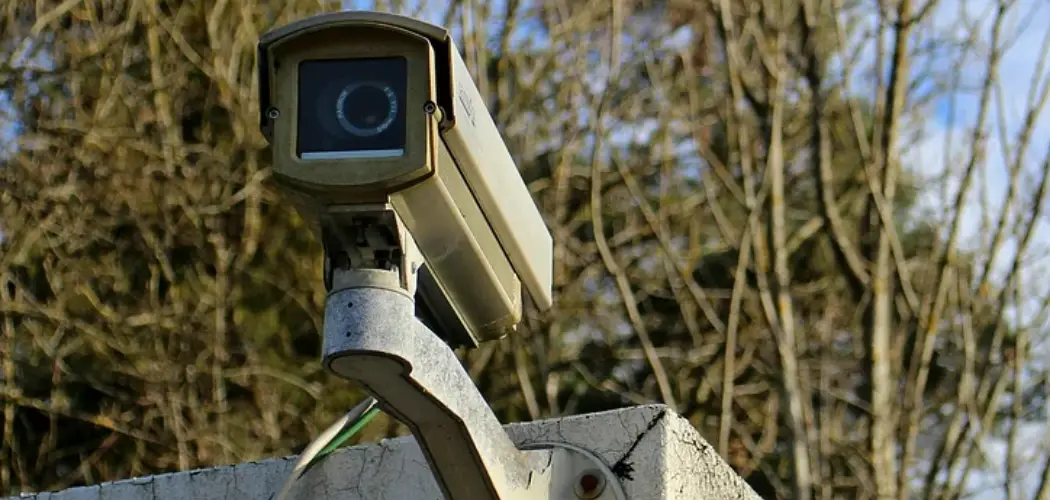Keeping bugs away from security cameras is crucial for maintaining clear and uninterrupted surveillance footage. Insects and bugs can obstruct camera lenses, trigger false motion alerts, and even cause damage to the equipment if left unchecked.
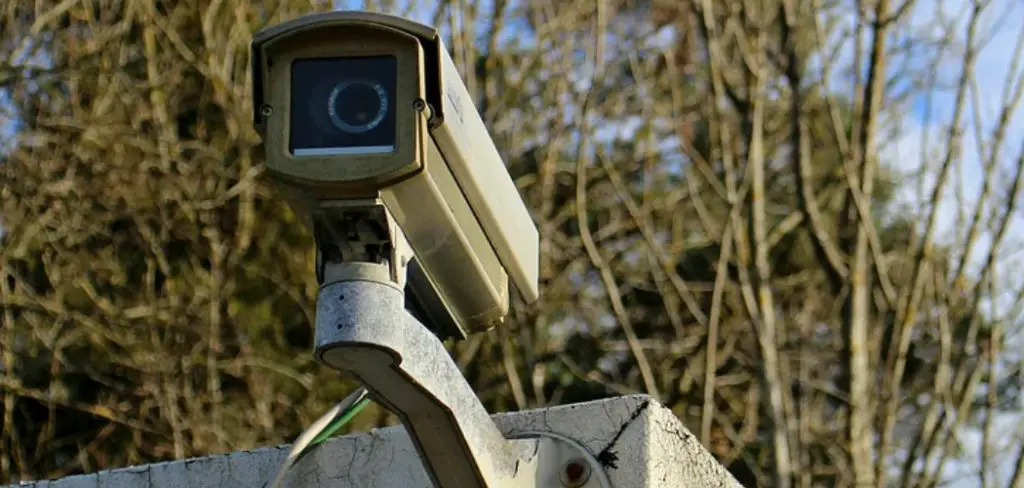
To effectively prevent bugs from interfering with security cameras, it’s essential to employ various strategies and solutions. From physical barriers and repellents to strategic placement and regular maintenance, there are several methods to consider. By implementing these techniques, users can ensure that their security cameras remain bug-free and capable of capturing high-quality footage without interruption.
In this article, we’ll explore ten effective methods for keeping bugs away from security cameras, providing valuable insights and practical tips for maintaining optimal surveillance coverage in any environment.
Importance of Maintaining Bug-Free Security Camera Systems
Maintaining bug-free security camera systems is not just about preserving the visual quality of surveillance footage; it’s fundamental for the overall effectiveness and reliability of the security setup. Insects and bugs can significantly compromise the integrity of footage by obstructing lenses and triggering unnecessary motion alerts, leading to wasted storage space and potentially causing users to miss critical events.
Furthermore, a clean and well-maintained camera system discourages spiders and other insects from nesting or building webs, which in turn reduces the likelihood of damage to the cameras themselves. Ensuring that security cameras are free from bugs thus contributes to the longevity of the equipment, reduces maintenance costs over time, and enhances the security and safety of the monitored spaces.
Impact of Bugs on Camera Performance and Image Quality
Bugs can severely impact the performance and image quality of security camera systems. When insects come into contact with camera lenses, they can obscure the footage, making it difficult to identify faces, license plates, and other critical details. This obstruction not only compromises the quality of the surveillance but can also render the footage unusable for evidential purposes.
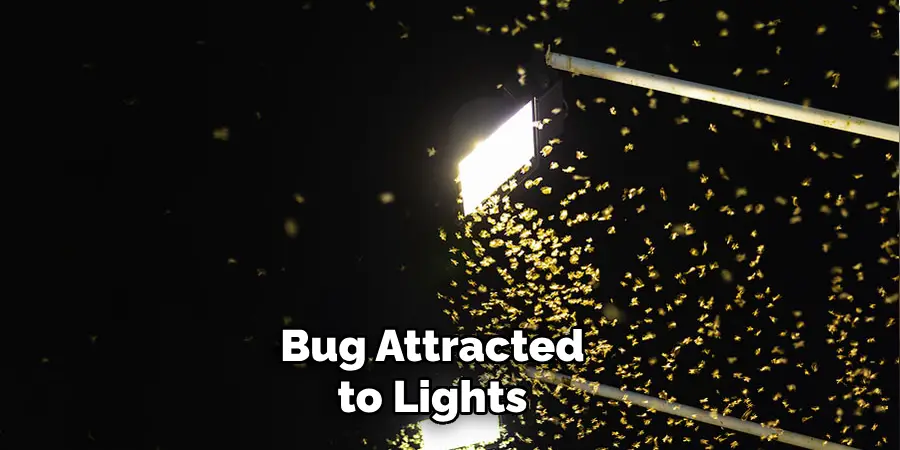
Additionally, bugs attracted to the infrared lights used for night vision can cause excessive motion alerts, overloading the system with false alarms and leading to significant storage and bandwidth consumption. This issue is particularly problematic in environments where precise motion detection is crucial for security alerts.
Over time, bugs and their debris can cause physical damage to the cameras, affecting lens clarity and the overall functionality of the system. Maintaining a bug-free camera system is therefore essential for ensuring high-quality, reliable surveillance that can function effectively under various conditions.
Understanding Common Types of Bugs Attracted to Security Cameras
Identifying the types of bugs commonly attracted to security cameras is the first step towards implementing effective prevention strategies. Among the most frequent culprits are spiders, moths, and flying insects like gnats and mosquitoes. Spiders are drawn to security cameras due to the heat they emit and the potential for capturing prey attracted by the camera’s lights. Moths and other nocturnal insects are similarly attracted to the infrared light emissions used for night vision capabilities, mistaking them for natural light sources.
During the warmer months, flying insects such as gnats and mosquitoes are more prevalent and are drawn to the warmth and brightness provided by the cameras. By understanding the types of bugs that are likely to cause issues, homeowners and security personnel can tailor their prevention strategies to target these specific species, significantly reducing the likelihood of interference with camera performance and image quality.
Understanding the Behavior and Habits of Bugs
Gaining a comprehensive understanding of bug behavior and habits is crucial for developing effective strategies to keep them away from security cameras. Bugs, particularly those attracted to electronic devices, exhibit specific behaviors and patterns that can be predictable.
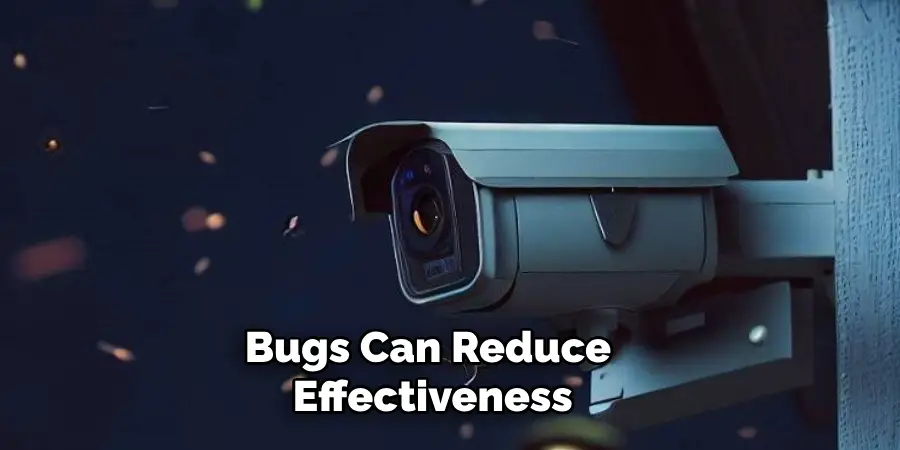
For instance, most are nocturnal and are highly active during the night when they are drawn to lights, including the infrared emissions from security cameras. Their attraction to light is primarily for navigation and finding food sources.
Additionally, certain bugs like spiders, seek out warm places to set up their webs, considering security cameras and their vicinity as ideal due to the warmth emitted by the devices. Understanding these patterns helps in strategizing placements and preventive measures more effectively. For example, knowing that bugs are more active at night suggests the importance of minimizing unnecessary lighting around cameras.
Impact of Bugs on Camera Lenses, Sensors, and Housing
The presence of bugs can have detrimental effects on the critical components of security cameras, such as the lenses, sensors, and housing. Bugs and their debris can adhere to camera lenses, reducing clarity and resolution, which compromises the ability to capture fine details.
This can significantly impact the camera’s effectiveness in identifying individuals or objects, which is essential for security purposes. Sensors, particularly those used for motion detection, can also be affected by bugs. Insects flying close to or landing on the sensors might trigger false alarms, leading to unnecessary notifications and recordings, thereby straining system resources and potentially causing important events to be overlooked.
Furthermore, the housing that protects the internal components of security cameras can be compromised by bugs. Small insects can find their way into crevices, causing physical damage or short-circuits. Over time, this can lead to malfunctions or complete failure of the camera, necessitating costly repairs or replacements.
The corrosive effects of bug waste can further exacerbate damage to both the external and internal components of the camera housing, reducing the lifespan of the security device. Prevention and regular maintenance are crucial to safeguarding the camera’s operational integrity against these pervasive threats.
Selecting Bug-Resistant Camera Models
Choosing the right bug-resistant camera models is a critical step in mitigating the adverse effects bugs can have on security systems. Manufacturers are increasingly aware of the challenges insects pose and are designing cameras with features that minimize bug attraction and nesting. When selecting cameras, look for models with integrated physical barriers that prevent bugs from reaching the lens or nesting near the camera’s heat sources. Some cameras come equipped with smooth, non-textured surfaces that discourage spiders and other insects from building webs or laying eggs.
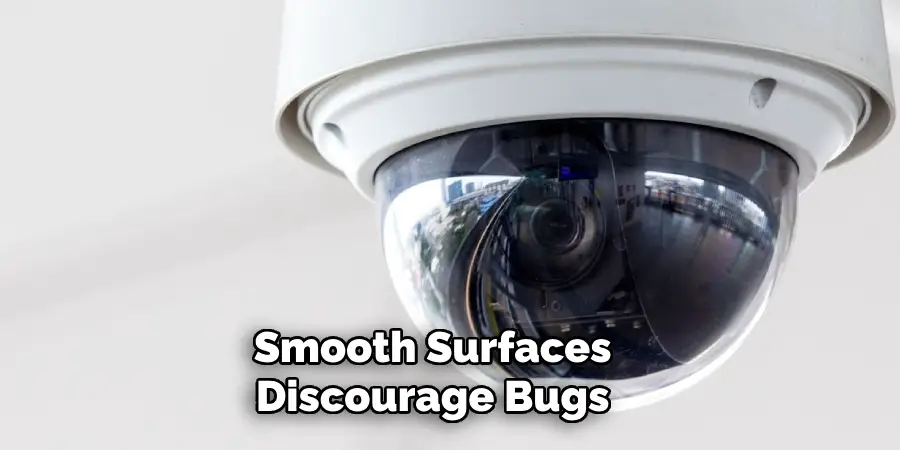
Additionally, consider cameras with special coatings on the lens that repel water and dust, as these can also make the surface less appealing to bugs. Another aspect worth considering is the placement and design of infrared lights; models that position these lights away from the lens can reduce the attraction of nocturnal insects. Manufacturers may also offer cameras with reduced heat emission, making them less inviting as a nesting spot for bugs.
Implementing Environmental Controls to Deter Bugs
When setting up security systems, avoiding areas with direct sources of light or heat that attract bugs is a key preventive measure. Insects are naturally drawn towards light for navigation and heat for their survival. Consequently, positioning cameras away from external lighting fixtures, such as garden lights or street lamps, can significantly reduce the attraction for nocturnal insects like moths and flying beetles.
Similarly, avoiding installation near heat vents or in direct sunlight minimizes the appeal for bugs seeking warmth, such as spiders. This strategy not only helps in reducing the likelihood of bugs interfering with camera operation but also decreases the chances of them nesting in or around the camera housing. By carefully choosing installation sites that are cool and dimly lit, it’s possible to create an environment that’s less inviting to bugs, thereby preserving the longevity and effectiveness of the security cameras.
10 Methods How to Keep Bugs Away from Security Cameras
1.Strategic Camera Placement:
Positioning security cameras away from areas where bugs are commonly found can significantly reduce the likelihood of interference. Avoid placing cameras near bright lights or vegetation where insects tend to congregate. Instead, opt for locations with minimal insect activity and ample coverage of the surveillance area.
2.Regular Cleaning and Maintenance:
Establish a routine schedule for cleaning and maintaining your security cameras. Dust, dirt, and debris can attract bugs and obscure camera lenses, affecting image quality. Use a soft, dry cloth to wipe down camera housings and lenses regularly, and remove any accumulated grime or residue that may attract insects.
3.Use of Insect Repellents:
Applying insect repellents around security camera installations can deter bugs from congregating in the vicinity. Choose insect repellents specifically formulated for outdoor use and safe for electronic devices. Apply the repellent according to the manufacturer’s instructions, focusing on areas prone to insect infestations.
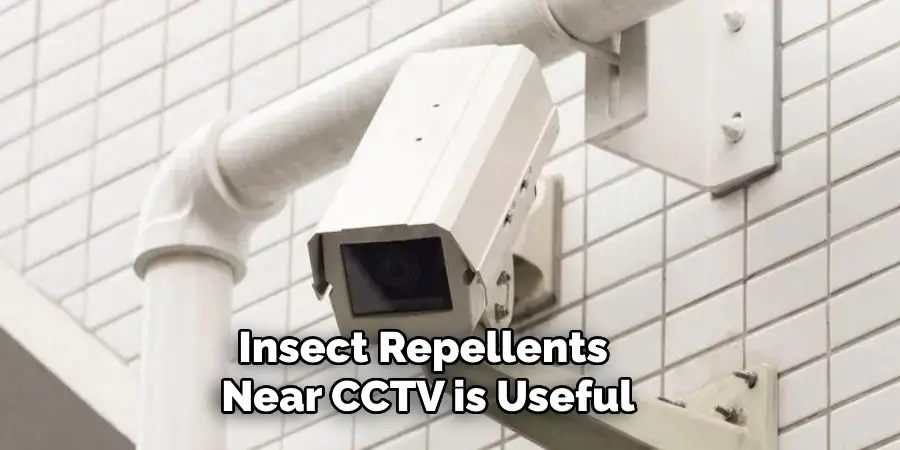
4.Installation of Bug Shields or Screens:
Install bug shields or screens around security cameras to create a physical barrier that prevents insects from accessing camera lenses and sensitive components. These shields are typically made of durable materials such as metal or plastic mesh and can be customized to fit various camera models and mounting configurations.
5.Utilization of UV LED Lights:
Bugs are often attracted to UV light sources, which are commonly emitted by traditional security camera illuminators. By replacing conventional illuminators with UV LED lights, you can minimize insect attraction while still providing sufficient illumination for nighttime surveillance. UV LED lights emit light wavelengths that are less attractive to bugs, reducing the likelihood of interference.
6.Implementation of Motion-Activated Lights:
Motion-activated lights can help deter bugs from lingering around security cameras by illuminating the area only when motion is detected. By minimizing continuous light exposure, these lights reduce the attraction of insects while still providing visibility for surveillance purposes. Choose motion-activated lights with adjustable sensitivity and duration settings for optimal effectiveness.
7.Installation of Enclosed Camera Housings:
Enclosed camera housings provide an additional layer of protection against bugs, dust, and weather elements. These sealed enclosures prevent insects from accessing camera lenses and internal components, ensuring uninterrupted surveillance operation. Choose weatherproof and insect-resistant camera housings designed for outdoor use in various environmental conditions.
8.Utilization of Natural Insect Repellents:
Some natural substances, such as essential oils and herbal extracts, possess insect-repelling properties and can be used to deter bugs from security camera installations. Dilute essential oils such as citronella, peppermint, or lavender with water and spray the solution around camera mounts and surrounding areas. Alternatively, plant insect-repellent herbs like basil or lemongrass near camera locations to naturally discourage insect activity.
9.Regular Inspection and Pest Control:
Conduct regular inspections of security camera installations to identify and address any signs of insect infestation promptly. Implement pest control measures such as insect traps, baits, or professional extermination services if necessary to eliminate bugs and prevent recurrence. Regular monitoring and proactive pest management can help maintain bug-free surveillance systems.
10.Optimization of Camera Settings:
Adjusting camera settings such as brightness, contrast, and exposure can help minimize the visibility of bugs in surveillance footage. Experiment with different settings to optimize image quality while reducing the prominence of flying insects or crawling pests. Additionally, consider using motion detection algorithms or intelligent analytics software to filter out false alarms triggered by insect movement.
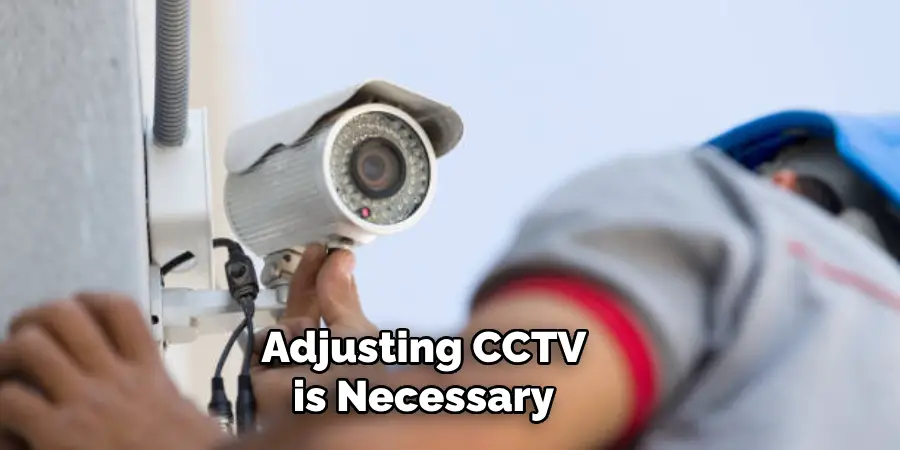
Establishing a Routine Maintenance Schedule
Establishing a routine maintenance schedule is crucial for ensuring the long-term performance and reliability of your security cameras while minimizing bug-related issues. Set regular intervals for inspecting, cleaning, and maintaining the cameras and their surroundings. This includes checking for and removing any spider webs, nests, or accumulated debris that can attract bugs.
Additionally, verify the integrity of bug shields or screens and replace them if they are damaged. It’s beneficial to perform these maintenance tasks either early in the morning or late in the evening when insect activity is typically lower. Document each maintenance activity to keep a record of what was done and to identify any recurring issues that may need further attention. Consistency in maintenance not only helps in keeping bugs at bay but also in prolonging the life and enhancing the performance of your security cameras.
Leveraging Infrared Illumination to Deter Bugs and Insects
Incorporating infrared (IR) illumination in security camera systems offers a strategic advantage in minimizing bug and insect interference. Unlike traditional lighting, IR light is invisible to the human eye and most insects, making it an ideal deterrent for unwanted pests. This is because most bugs and insects are attracted to visible light wavelengths, particularly those in the ultraviolet (UV) spectrum, which IR lighting does not emit.
Therefore, implementing IR illuminators can significantly reduce the presence of insects around cameras, as they are not attracted to the IR light sources.
Additionally, IR illumination provides the added benefit of enhancing nighttime surveillance capabilities without attracting bugs that could obstruct the camera view or trigger false alarms. The adoption of IR lighting not only maintains the clarity and effectiveness of surveillance footage but also contributes to a lower maintenance requirement by reducing the accumulation of insects around security cameras.
Installing Weatherproof and Insect-Proof Enclosures
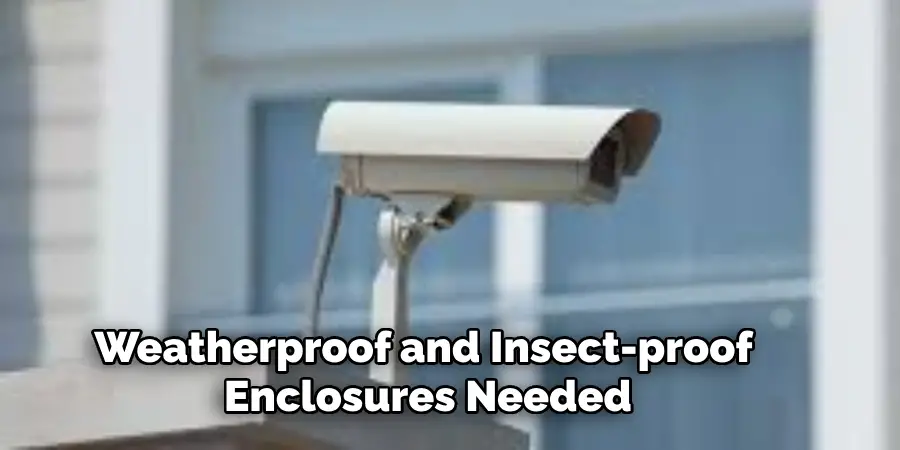
Weatherproof and insect-proof enclosures serve as an essential component in protecting security cameras from the elements and insect interference. These specialized casings are designed to withstand harsh weather conditions, including rain, snow, and extreme temperatures, while preventing bugs and insects from accessing and damaging the camera’s sensitive areas.
To install these enclosures, it’s important to first assess the specific environmental requirements and potential threats in the area where the camera will be stationed. Choose enclosures that are made from durable materials and that feature tight seals to prevent water ingress and insect penetration. The installation process may require specific tools and hardware to securely mount the enclosure, ensuring it remains in place during adverse weather conditions.
Make sure the enclosure offers sufficient ventilation to prevent overheating, without compromising its protective qualities against water and pests. By investing in and correctly installing weatherproof and insect-proof enclosures, you can significantly extend the lifespan and reliability of your security camera systems.
Documenting Observations and Maintenance Activities
Documenting observations and maintenance activities plays a vital role in the effective management and upkeep of security camera systems, particularly in combating insect-related issues. Creating a detailed log allows for tracking the history of pest interactions, maintenance efforts, and any adjustments made to the camera settings or environment to deter bugs.
This documentation should include dates, specific actions taken (such as cleaning camera lenses, applying insect repellent solutions, or replacing damaged components), and observations of insect activity before and after maintenance tasks. Additionally, noting the weather conditions and any noticeable changes in insect behavior or activity patterns can provide insights into effective deterrent strategies.
Regular review of these logs can help in identifying trends, assessing the effectiveness of current pest control measures, and planning future maintenance schedules more efficiently. Well-maintained documentation ensures continuity in maintenance efforts, facilitates troubleshooting, and contributes to the overall resilience and reliability of the surveillance system against insect interference.
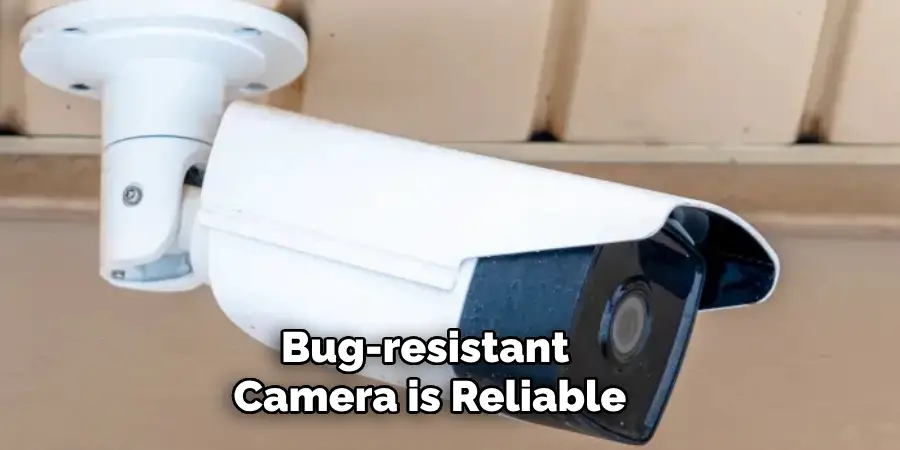
Conclusion
In conclusion, maintaining bug-free security camera systems is essential for ensuring reliable surveillance performance and image quality. By implementing the strategies outlined in this guide, you can effectively minimize the impact of bugs on your security cameras.
From selecting bug-resistant camera models and proper placement to implementing physical barriers, regular maintenance, and utilizing electronic deterrents, each method plays a crucial role in preventing bug infestations. Additionally, incorporating natural remedies, preventive measures, and collaborating with pest control professionals further strengthens your bug prevention efforts. Thanks for reading our blog post on how to keep bugs away from security cameras! We hope you found it helpful and informative.

